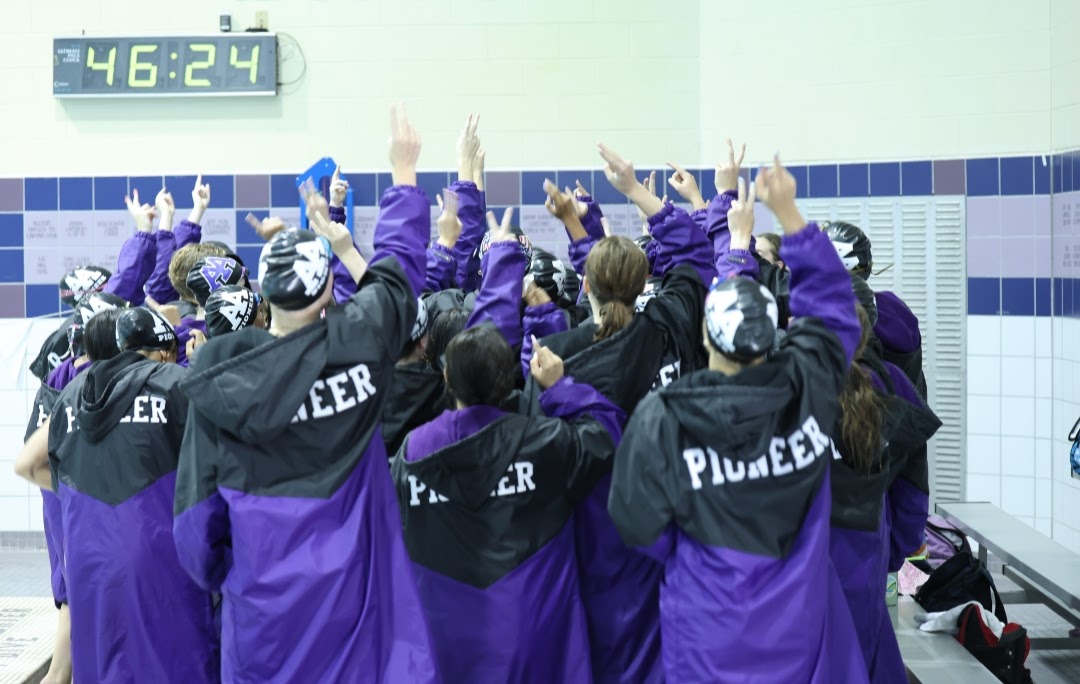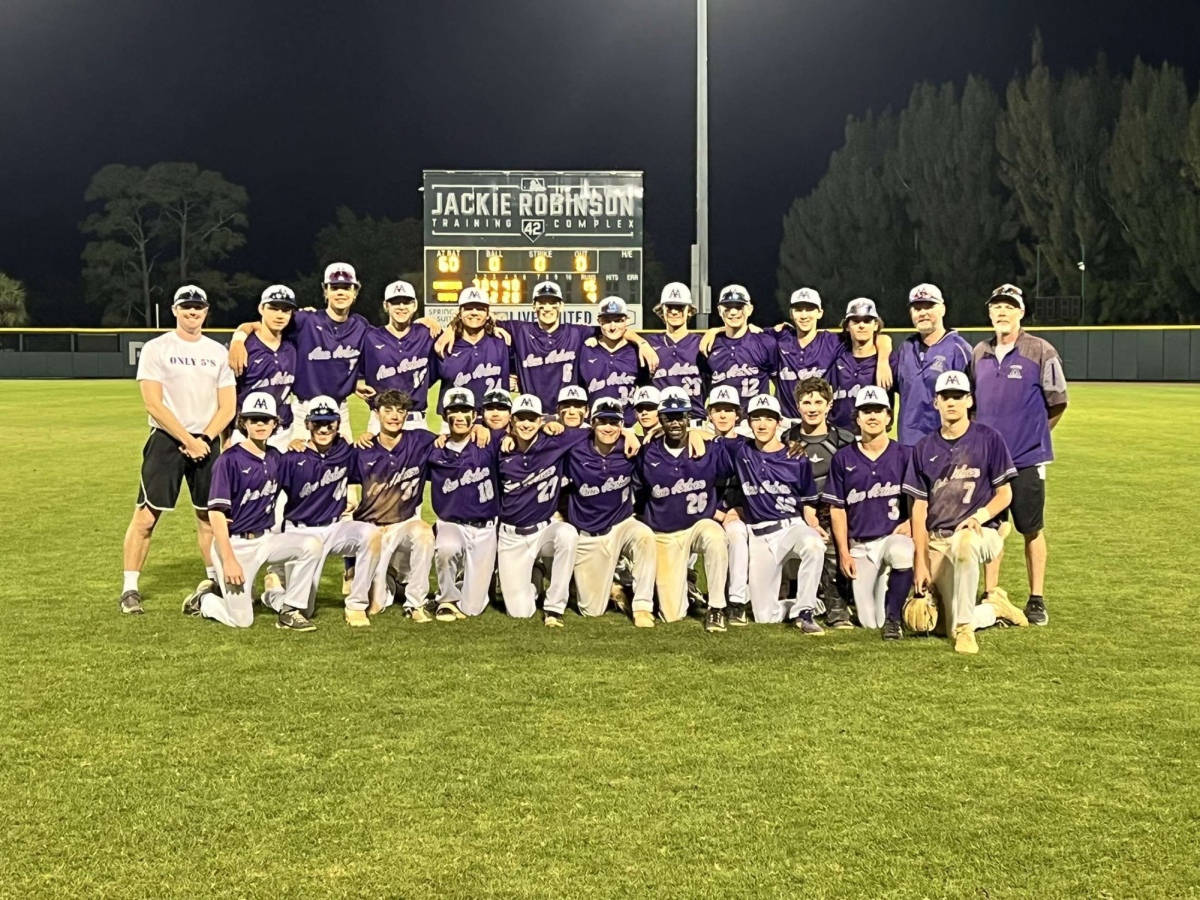The Big East has long been known as the most dominant Men’s Basketball conference, but in recent years the Big Ten has become more and more prevalent at award ceremonies, in the top 25 polls and the NCAA tournament. This year the Big Ten was a powerful force in the tourney, with seven teams in the beginning, only overshadowed by the Big East’s nine. The difference was that by the Sweet 16, four Big Ten teams remained and only three Big East teams were left. Both conferences had a number 1 seed in the beginning.
While five Big ten teams advanced past the first round, only three of the Big East’s nine remained. Michigan State beat Valparaiso handily, winning by 11. In the round of 32 they routed Memphis 70-48 to advance the Sweet 16, where they lost to Duke in a heartbreaker. After the game, East Lansing was ablaze with emotions, and couch fires. MSU students have been known for revolting after tough losses.
Minnesota, while only having a 21-13 overall record, had a tough schedule and was an impressive team this year. In the first round, the 11 seed upset six seed UCLA by a margin of 20. However in the round of 32 they lost badly to three seed Florida . The Golden Gophers have had an up and down season, pulling off some big upsets throughout the season, and losing some games they shouldn’t have.
Illinois, a seven seed, was probably overseeded because of being in the Big Ten, and their buzzer beater win over the then top team in the nation, Indiana. Nonetheless, Illinois had an impressive win over Colorado, and lost by only four to two seed Miami.
Ohio State was a contender for the title going into the tournament. After the thrashing they gave to Iona 95-70, they won two more close games to get to the elite eight. They then played a cinderella team, Wichita State, who dashed OSU’s title hopes. Wichita State became the lowest seed to advance to the final four.
Michigan was the Big Ten’s most successful team as the runner up of the whole tournament. Michigan was not expected to do very well, and many didn’t see them winning more than the first game. Although the Wolverines started three freshmen, and were the youngest team in the tourney, they trounced SDSU and VCU by 15 and 25 respectively. VCU’s “Havoc” defense was expected to shut down Michigan’s young, “inexperienced” team, but it seemed to have no effect as VCU allowed 78 points. Michigan then beat Kansas in their closest game of the tournament, after Burke forced overtime with a late three-pointer. After embarrassing Florida with a 79-59 win in the elite eight, Michigan won a tough one against Syracuse to make it to the title game. After hanging in the game for the first 30 or so minutes, Louisville’s experience, teamwork, and talent eventually put down the Wolverines. Mitch McGary, Spike Albrecht, Trey Burke and Tim Hardaway Jr. were all key players in the tournament.
Burke, Bo Ryan and Victor Oladipo all received national postseason awards. Burke became the first Michigan player to win the NABC Player of the Year, and the second Big Ten Player in the last four years to win the Naismith Player of the Year Award. Ryan received the NACB Coaches vs. Cancer award, and Oladipo was crowned the National Defensive Player of the Year.
While an argument could be made for both conferences being superior, the foreseeable future will likely consist of the Big Ten and Big East duking it out once March rolls around. Both Conferences have teams with brilliant coaches, young talent, and strong programs.









